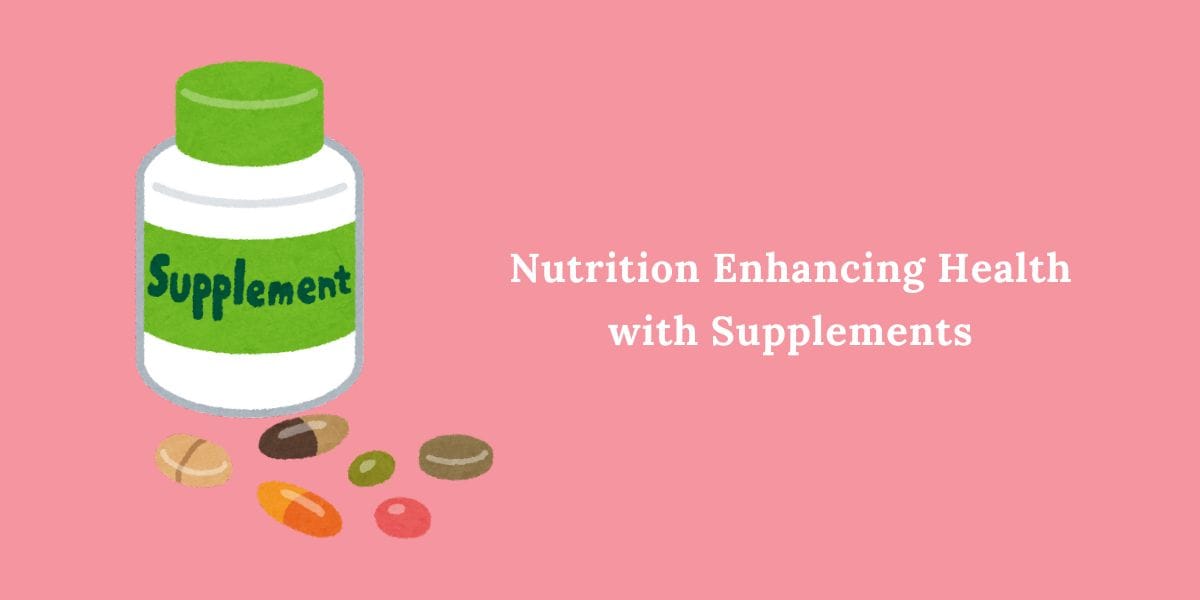- Health
- No Comment
Nutrition Enhancing Health with Supplements

Have you ever wondered how to improve your health with the help of supplements? I mean, there’s so much information out there, it’s hard to know what’s legit and what’s just a bunch of mumbo jumbo. But fear not, dear reader, for I have delved deep into the world of nutrition and come out on the other side with some truly mind-blowing insights.
From vitamin D to probiotics, there are a plethora of supplements out there just waiting to give your health a boost. So why not take a leap of faith and explore the world of nutrition nourishment? Who knows, you might just find the key to unlocking a healthier, happier you.
Hidden Dangers of Poor Nutrition Habits
Nutritional supplements can help improve overall health and well-being. There are many options available, so it’s important to choose wisely. Consult a healthcare professional to find the best supplements for you. From vitamin D to omega-3 fatty acids, these supplements can boost your immune system, increase energy, and improve vitality. Don’t forget the importance of these small helpers in reaching your health goals.

Essential Nutrients for Optimal Health
Powerful nutrients are like superheroes for our bodies, helping to fight off illness and boost vitality. These essential nutrients support various bodily functions, such as calcium for bone health and omega-3 fatty acids for brain function. By prioritizing a balanced diet full of these nutrients, you can pave the way for a healthier, more energetic you.
In addition to calcium and omega-3s, other essential nutrients like vitamin D, magnesium, and antioxidants play key roles in maintaining optimal health. Vitamin D supports immune function and helps the body absorb calcium, while magnesium is crucial for muscle and nerve function. Antioxidants, found in fruits and vegetables, help protect the body from oxidative stress and reduce the risk of chronic diseases. By incorporating a variety of nutrient-rich foods into your daily diet, you ensure your body gets the full spectrum of nutrients it needs to thrive.
Benefits of Supplementing with Vitamin D
Many people do not get enough sun exposure to make sufficient vitamin D. Vitamin D supplements can help fill this gap and provide the necessary nutrient levels. Research indicates that adequate vitamin D levels can lower the risk of chronic diseases and improve overall well-being. Including vitamin D supplements in your daily routine can positively impact your health. Consult a healthcare professional to determine the right dosage for you.
In addition to supporting bone health by aiding calcium absorption, vitamin D also plays a crucial role in boosting the immune system and reducing inflammation. Studies suggest that maintaining healthy vitamin D levels can improve mood, support cardiovascular health, and even enhance muscle strength. For individuals living in regions with limited sunlight or those with dietary restrictions, supplementing with vitamin D becomes even more essential. By ensuring adequate vitamin D intake, you can promote long-term health and protect against deficiencies that may lead to fatigue, weakened bones, or immune challenges.
Power of Probiotics for Gut Health
Probiotics, often referred to as “good” bacteria, play a crucial role in maintaining a healthy gut by promoting a balanced microbiome. These beneficial microorganisms help break down food, enhance nutrient absorption, and support the immune system. By keeping harmful bacteria in check, probiotics aid in preventing digestive issues such as bloating, constipation, and diarrhea. Regular consumption of probiotic-rich foods like yogurt, kefir, sauerkraut, and fermented vegetables can improve gut health, leading to better digestion and overall well-being.
In addition to improving digestion, probiotics have been linked to other health benefits such as boosting the immune system and even enhancing mental well-being. Research suggests that a healthy gut microbiome can influence mood and cognitive function, with some studies showing a connection between gut health and reduced symptoms of anxiety and depression. Incorporating probiotics into your daily routine, either through foods or supplements, can help restore balance to your gut flora, providing long-term benefits for both physical and mental health.
Superfoods to Boost Immunity and Energy
According to the National Institutes of Health (NIH), incorporating superfoods like berries, leafy greens, and nuts into your diet can contribute to overall well-being and disease prevention. These nutrient-rich foods are known to support immune function, reduce inflammation, and promote cardiovascular health.
Among the superfoods widely recognized for their health-promoting properties are blueberries, known for their high antioxidant content, and kale, a leafy green rich in vitamins A, C, and K. Additionally, foods like salmon, chia seeds, and turmeric are considered superfoods for their nutritional density and potential to enhance cognitive function and reduce the risk of chronic diseases.
By incorporating a variety of superfoods into your diet, you can nourish your body with essential nutrients and support your journey towards optimal health and vitality.
Tips for Balancing Nutrition and Supplements
Whole foods are important for nutrients, but supplements can help fill any gaps for better well-being. It’s important to balance a healthy diet with targeted supplements. Consulting a healthcare professional can customize a plan for your specific nutritional needs and goals.

End Note
So, in conclusion, think about it like this – your body is a temple, a vessel that deserves to be nourished and cared for. Don’t just settle for mediocre health when you could be thriving and vibrant.
Take a step towards better health today by incorporating nutrient-rich foods and quality supplements into your daily routine. Trust me, your body will thank you in ways you never thought possible.
So why wait? Start transforming your health now and watch as your energy, vitality, and overall well-being skyrocket to new heights. The power to improve your health is right at your fingertips – all you have to do is reach out and grab it.
Don’t let this opportunity slip through your fingers. Embrace the potential for a healthier, happier you.
Your body will thank you – I promise.



